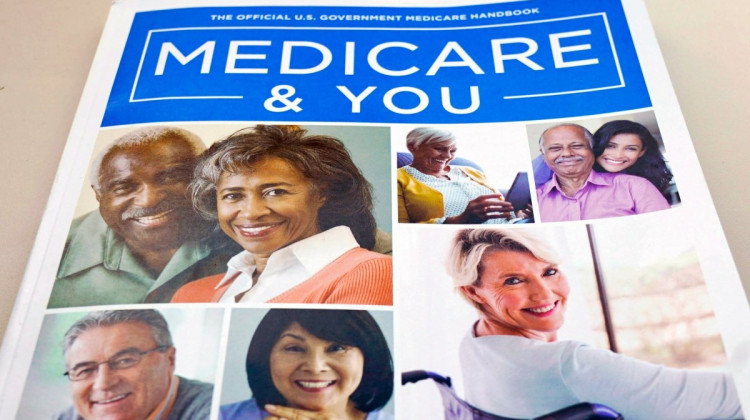A new study highlights the difference in cancer-related beliefs, behaviors and preventative measures.
The population study included 34 Indiana counties with high cancer rates. Indiana University School of Nursing professor Susan Rawl says the findings consistently point to low income as a factor for cancer disparity, regardless of race.
"Because the proportion of people with low incomes is higher among African Americans that really is what explains the disparities - not just the fact that they are African American," says Rawl.
The study points to health care access and information gaps as significant reasons why people may or may not receive cancer screenings. Regenstrief Institute investigator Joy Lee says this research can inform change.
"We want to understand for patients of all income groups, how do you talk to your doctors, do you have shared goals?" Lee says. "So we can work on being healthier together."
The research could point to interventions to better reach people in all socioeconomic groups across the state. Rawl says they gathered information about people's knowledge and beliefs about the disease.
"That gives us some indication of what we might be able to do to enhance people's understanding of the factors that contribute to cancer so people can make their own decisions about cancer related behaviors," says Rawl.
The benchmark study funded by the National Cancer Institute is part of ongoing research on cancer burden.
 DONATE
DONATE








 Support WFYI. We can't do it without you.
Support WFYI. We can't do it without you.